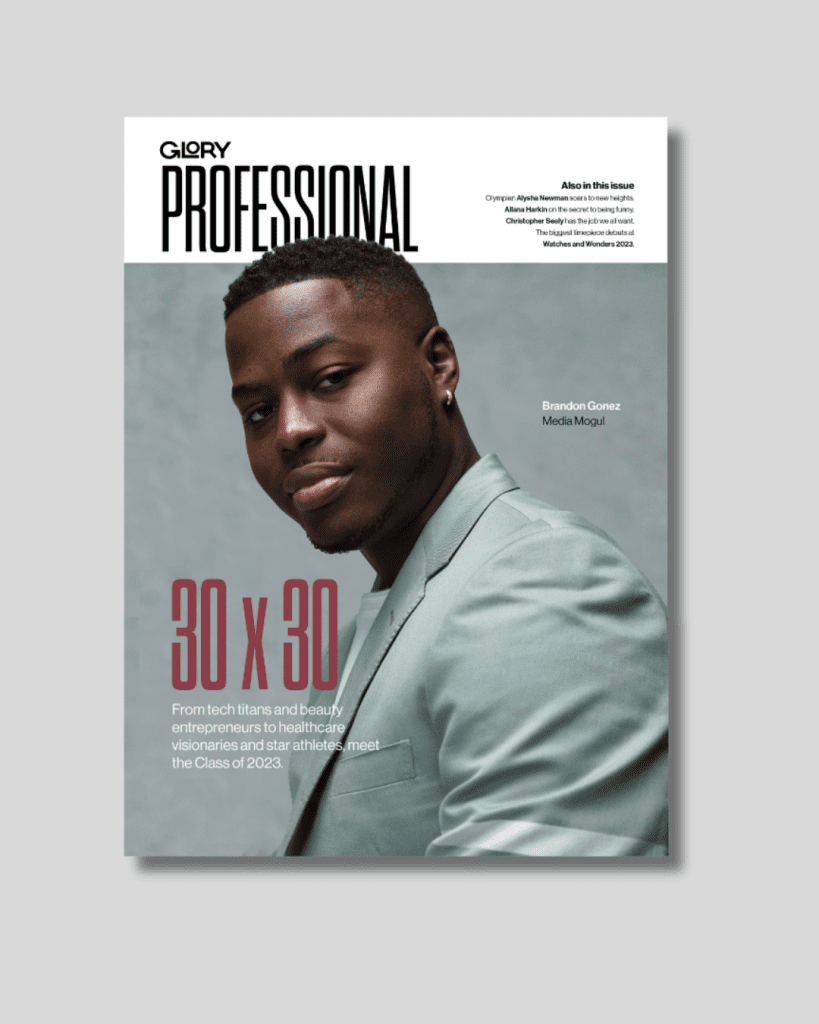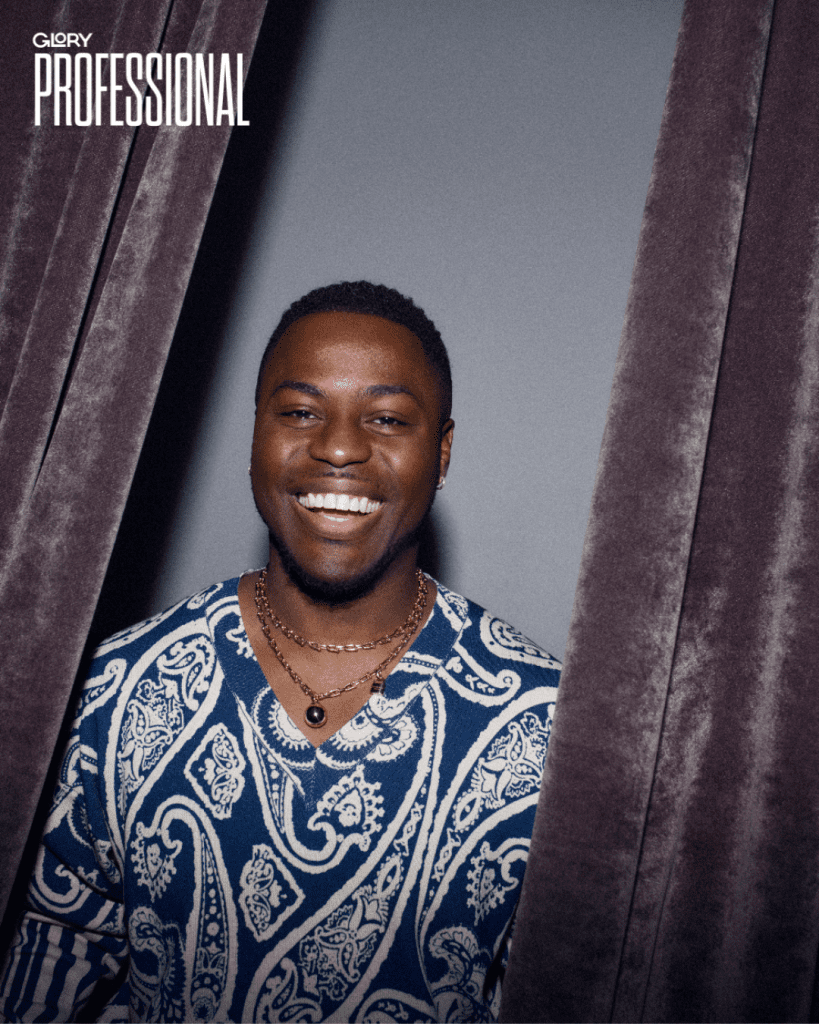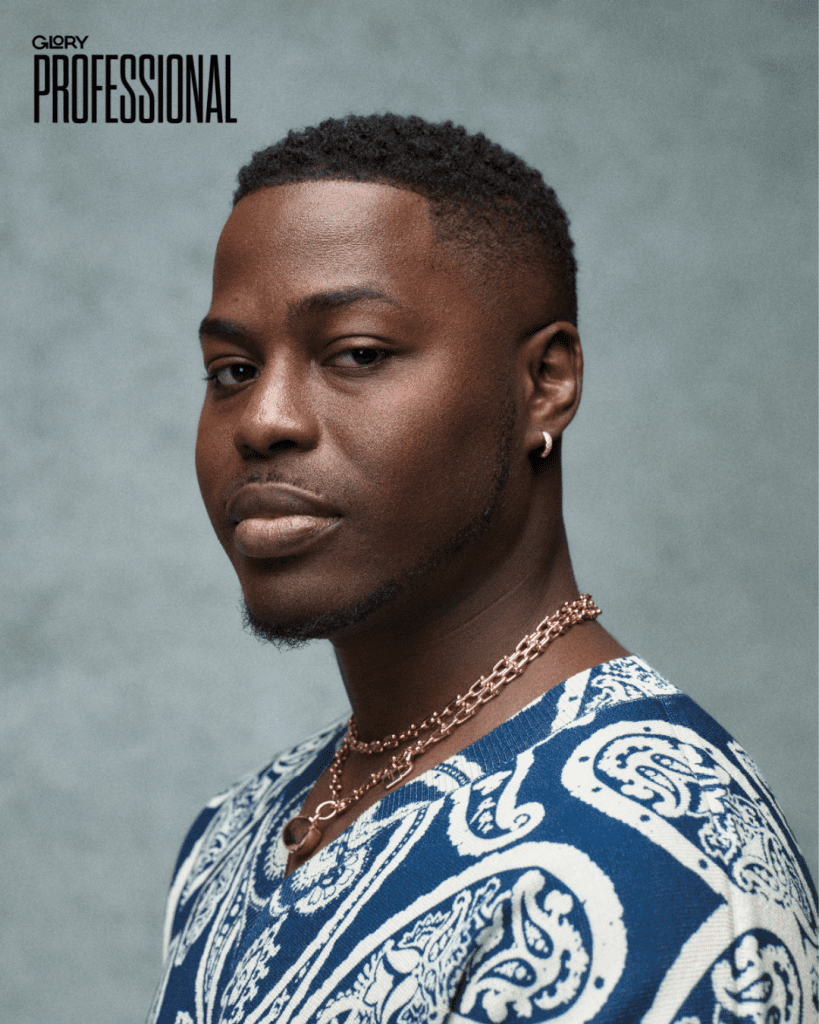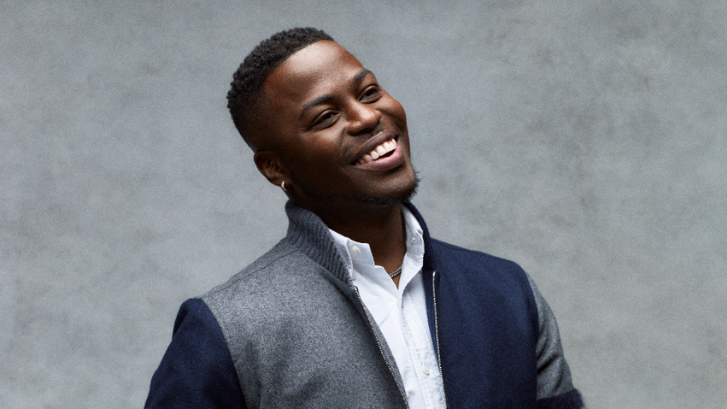When you ask Brandon Gonez when the idea for his own media company first crossed his mind, he will tell you that it was sometime around the 10th or 11th grade. “It was my business class,” he said. “I was assigned a project and I ended up doing a business plan.”
The response wasn’t exactly the one he was looking for: “My teacher laughed at me.”
As his career as a broadcaster took off, the idea faded from his mind. His star rose at CTV’s national morning show and kept rising at Toronto’s CP24. When the pandemic shut down much of Canadian life in 2020, Gonez hit pause. “Everybody was asking themselves ‘is what I’m doing what I want to do? Am I being fulfilled? Am I serving my purpose?’ And for me, what I was doing felt good, but I didn’t feel great. I felt like I had more to offer.”
This personal reckoning happened to align with a larger reckoning among legacy media. New platforms were giving independent voices a way to meaningfully compete with them — something that was unthinkable 10 years earlier. Audiences wanted to hear from experienced storytellers with a point of view, but now they wanted to hear from them directly, unencumbered by the limitations of 90 second TV spots, truncated news briefs, and stories built entirely around official statements. That’s when Gonez started thinking about that business plan again.


Photographer: Stanislaw Graham; Photo Assistant: Nika Thompson; Stylist: Tara Ocansey; Styling Assistant: Shayna Vernon; Video: Mark Palomo, Simon Tingle
Shot on location at St. Regis Toronto
Now, after posing for his first magazine cover shoot as the face of one of the fastest growing media brands in the country, Gonez can’t help getting in a little dig: “I’m laughing now.”
To understand what makes Gonez a rare breed among Canadian media owners, it helps to understand the media landscape, how it’s changed and, perhaps more importantly, how it hasn’t. Just four companies account for almost three-quarters of all revenue generated in Canadian media, and this hegemony is even more pronounced in broadcast. Despite some steps to increase diversity, newsrooms are still far less diverse than the rest of the country: about 78 percent white, according to a Canadian Association of Journalists’ survey from 2022. In managerial and ownership positions, that figure is even higher.




“Before I started working at CP24, every other newsroom that I worked in, I was the only Black person,” Gonez said. “I mean, there’s a lot of Black people in Canada, and I’m not just saying I was the only Black person, I was the only person of colour. So, what happens when media—which is the most powerful institution in our society because it’s the reflection of our reality— is only telling one side of the story?”
What happens is trust in media takes a hit—a serious hit. A recent Reuters report found that this trust has hit a seven-year low. Today, fewer than one-in-three believe the news is free from undue political and business influence. This has created an opportunity for unique voices to win back that trust. Gonez is one of those voices.
Perhaps his most famous moment on CP24 came during a weather report. Gonez, who has a Jamaican background, warned that an upcoming winter storm would pack a “dutty” punch. This, along with other news clips where he sprinkled in a patois turn of phrase, went viral. It even caught Drake’s attention.


During the pandemic, he left CP24 to launch The Brandon Gonez Show and Gonez Media Inc. (GMI), an online news and entertainment program and media company, respectively, that took a markedly different journalistic approach than the newsrooms where he had spent his career.
Gonez explained that when you watch a TV news story, you might be forgiven for thinking there are just two sides, and one of them might be an official account that may flatten or diminish the other side. Gonez pointed to the police as an example, whose versions of events are often repeated uncritically by traditional media. “But sometimes there might be five or six sides…What’s so fascinating, especially with younger people, is that they really want to grasp and understand stories so they can make an informed decision about how they’re going to react to those stories. But you can’t do that in 90 seconds and I think people are tired of that. They understand it’s not just black or white. Talk to me about the grey because that’s where most people live.”


The question ‘are we telling the full story?’ pervades his team’s reporting. “For me, the best journalists are the ones who know how to empathize. If you’re walking into a situation with a preconceived notion about this person or this situation, then you’re not a good journalist.”
This approach has brought in over 50,000 YouTube subscribers and Gonez’s content averages about 2.7 million monthly views. His next step is to parlay this success back into a more traditional media venture, which is no small feat. (The author Joyce Carol Oates once challenged the great multitude of creatives on Twitter who’d been mistreated by media institutions to, basically, stop whining and start your own then. One responded that this was like telling people griping about lost luggage to start their own airline.)


At the beginning of 2023, GMI acquired NOW magazine, which for the last 42 years had been one of Toronto’s most prominent alt-weeklies. Its previous owner had declared bankruptcy leaving over two million dollars in debt unpaid, including $250,000 worth of salaries for those who kept the magazine afloat in its most difficult stretches. Gonez is not responsible for this, but the burden to avoid missteps weighs heavy. Still, his journalistic pedigree and his understanding of the modern digital landscape has inspired hope among the new media cognoscenti that he’s the right person to pilot this renewal.
“NOW was at risk of dying forever, and it’s such an important media institution in this city for the arts and for independent voices—for provocative and nuanced storytelling,” he said. In many ways, the magazine has always been a bastion for the ideals underscoring the success of GMI. This new venture isn’t about remaking NOW to fit the new media environment but about building it up on the timeless principles that made it worth saving. “We’re going to bring it back to its roots,” Gonez said, “and we’re going to do some really good journalism.”
















